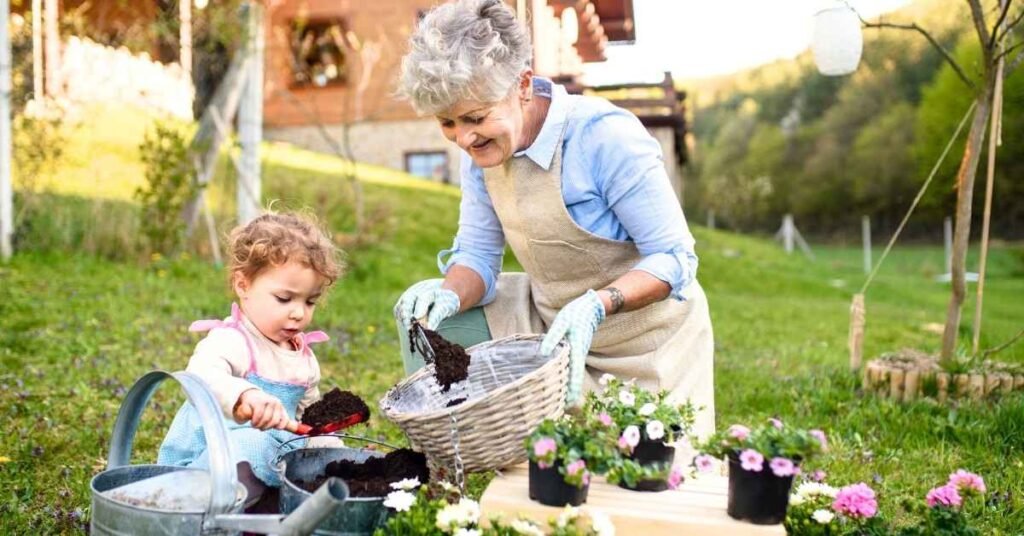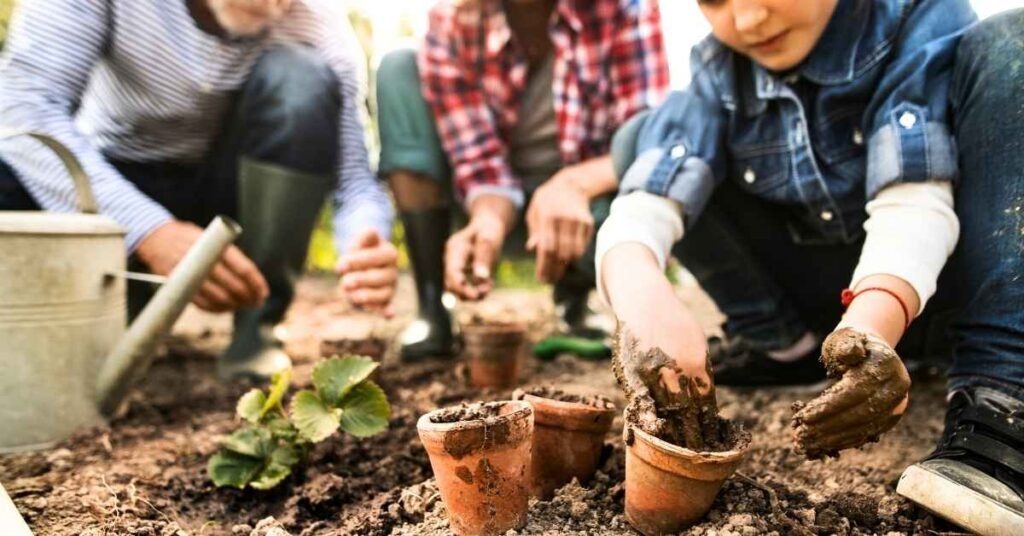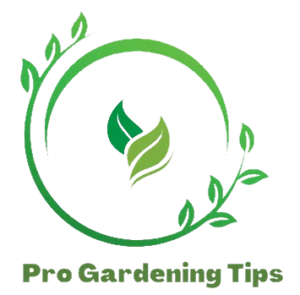Backyard Garden For Beginners: Starting from Scratch
Table of Contents
Introduction: Getting Started with Your First Garden
Starting your first garden is an exciting journey into nurturing nature and creating a personalized outdoor oasis. Whether you envision a vibrant flower bed, a productive vegetable patch, or a serene green space, getting started requires some foundational steps to ensure success. Begin by assessing your garden’s location, considering factors such as sunlight, soil quality, and climate. Choose plants that suit your environment and align with your gardening goals.

Planning is key—sketch out your garden design, select appropriate tools, and prepare your soil to create a healthy growing environment. Starting small can make the process manageable and rewarding, allowing you to learn and adapt as you grow. With a bit of patience and effort, your first garden will not only flourish but also offer a sense of accomplishment and joy as you watch your efforts come to life.
Choosing the Right Location and Plants
Choosing the right location and plants is crucial for the success of your first garden. By carefully assessing light and soil conditions and selecting easy-to-grow plants, you set the stage for a thriving and enjoyable gardening experience.
Assessing Light and Soil Conditions
Start by evaluating the amount of sunlight your garden receives. Observe your space throughout the day to determine if it gets full sun (6+ hours of direct sunlight), partial shade (3-6 hours), or full shade (less than 3 hours). This will help you choose plants suited to the light conditions of your garden. Different plants have varying light requirements, so selecting those that match your garden’s light exposure is essential for their health and growth.
Next, assess your soil conditions. Good soil is vital for plant health and can be tested for its texture, pH, and nutrient levels. Loamy soil, which is a balanced mix of sand, silt, and clay, is ideal, but many plants can thrive in various soil types with proper amendments. To test soil quality, use a home testing kit or send a sample to a local extension service. Amend poor soil with compost or organic matter to improve its fertility and drainage.
Selecting Easy-to-Grow Plants
For beginners, selecting easy-to-grow plants simplifies the gardening process and boosts confidence. Look for hardy varieties that are well-suited to your climate and soil conditions. Vegetables like tomatoes, lettuce, and radishes are forgiving and produce rewarding yields. Herbs such as basil, mint, and chives are low-maintenance and add flavor to your meals. For flowers, marigolds, zinnias, and sunflowers are vibrant and relatively easy to care for. Choosing resilient plants that are tolerant of your specific growing conditions helps ensure a successful and enjoyable gardening experience. By understanding light and soil requirements and opting for beginner-friendly plants, you create a flourishing garden that provides both beauty and satisfaction.
Basic Gardening Tools and Supplies
Equipping yourself with the right tools and supplies is essential for a successful gardening experience. For new gardeners, having a basic set of essential tools and adopting budget-friendly strategies can make gardening both manageable and enjoyable.
Essential Tools for New Gardeners
Start with a few fundamental tools to handle various gardening tasks effectively. A high-quality trowel is crucial for planting, digging, and transplanting. A hand fork helps in loosening soil and aerating garden beds. Pruners or secateurs are necessary for trimming plants and removing dead or overgrown branches. A garden rake aids in leveling soil and clearing debris, while a watering can or hose ensures your plants receive adequate moisture. Additionally, a pair of gardening gloves protects your hands from thorns and dirt, making tasks more comfortable. Consider investing in a garden kneeler or padded seat to ease strain during extended gardening sessions.
Tips for Budget-Friendly Gardening
Gardening doesn’t have to be expensive. To save money, start by using what you already have. Repurpose containers, old pots, and even recycled materials for garden beds or planters. Create your own compost from kitchen scraps and yard waste to enrich the soil without buying expensive fertilizers. Look for seeds and seedlings at local garden centers or community plant exchanges, where you can often find good deals or even free plants. You can also join gardening clubs or online forums to swap plants and seeds with fellow enthusiasts.
Moreover, consider buying tools and supplies second-hand. Many garden centers and online marketplaces offer gently used tools at reduced prices. Prioritize quality tools that will last longer, and avoid impulse purchases by planning your garden needs carefully. By equipping yourself with essential tools and employing budget-friendly strategies, you can create a thriving garden while keeping costs manageable. These practices ensure that your gardening journey is both rewarding and economically feasible.
Planting and Caring for Your Garden
Planting and caring for your garden involves understanding basic techniques and consistent maintenance to ensure healthy plant growth and a flourishing garden. For beginners, focusing on proper planting techniques and establishing a routine for watering, feeding, and general upkeep is essential.
Planting Techniques for Beginners
Start by preparing your garden bed or containers with well-draining soil. Loosen the soil with a fork or trowel and mix in compost to improve fertility. When planting seeds or seedlings, follow the instructions on depth and spacing provided on seed packets or plant labels. Generally, seeds should be sown at a depth of about twice their diameter, while seedlings should be planted at the same depth they were growing in their nursery containers. Space plants according to their mature size to allow for proper air circulation and growth.
Water the plants thoroughly after planting to settle the soil and remove air pockets. Mulching around the base of plants helps retain moisture, suppress weeds, and regulate soil temperature. For container gardens, ensure pots have drainage holes and use a potting mix designed for container growth.
Basic Watering, Feeding, and Maintenance
Watering is crucial for plant health. Most plants need about an inch of water per week, either from rainfall or supplemental watering. Water deeply and infrequently to encourage deep root growth. Early morning is the best time to water, as it reduces evaporation and helps prevent fungal diseases. Feeding plants with appropriate fertilizers helps provide essential nutrients. For most plants, a balanced, all-purpose fertilizer applied according to the package instructions will suffice. Organic options like compost or well-rotted manure are also effective and environmentally friendly.
Regular maintenance includes weeding to reduce competition for nutrients, checking for pests and diseases, and pruning as needed to promote healthy growth and shape. As plants mature, adjust your care routine based on their specific needs and environmental conditions. By mastering these planting techniques and establishing a consistent care routine, you can cultivate a vibrant and thriving garden that brings joy and satisfaction throughout the growing season.
Common Challenges and How to Overcome Them
Gardening often presents various challenges, but addressing issues such as pests and diseases and learning from mistakes can lead to a more successful and resilient garden. Here’s how to tackle these common problems effectively.
Dealing with Pests and Diseases
Pests and diseases can significantly impact garden health, but proactive management can mitigate these issues. Start by identifying common pests and diseases in your area, such as aphids, caterpillars, or powdery mildew. Regularly inspect your plants for early signs of trouble, such as discolored leaves or unusual spots.

For pest control, consider integrated pest management (IPM) techniques. Encourage beneficial insects like ladybugs and lacewings that prey on pests. Use physical barriers, such as row covers or traps, to protect plants from specific pests. Organic treatments, like neem oil or insecticidal soap, can be effective against many common pests and are less harmful to the environment. Disease management involves choosing disease-resistant plant varieties and practicing good garden hygiene. Remove and discard affected plant parts, avoid overhead watering to reduce humidity, and ensure proper air circulation. Rotate crops annually to prevent soil-borne diseases from accumulating.
Learning from Mistakes
Mistakes are an inevitable part of gardening, but they offer valuable learning opportunities. Keep a garden journal to document what works and what doesn’t. Note planting dates, growth patterns, and any issues encountered. Reflect on what led to problems, such as overwatering, poor soil conditions, or incorrect plant choices.
Adapt your strategies based on these observations. For instance, if you notice certain plants struggling in your soil, consider amending the soil or choosing more suitable varieties. Learning from errors allows you to refine your gardening techniques, improve your approach, and build a more resilient garden over time. By addressing pests and diseases with effective strategies and embracing mistakes as learning experiences, you can enhance your gardening skills and create a thriving, robust garden.
Conclusion: Enjoying Your New Backyard Garden
Enjoying your new backyard garden is the rewarding culmination of your planning and effort. As you watch your garden flourish, take time to savor the beauty and tranquility it offers. Whether you’re relaxing in a newly created seating area, admiring the vibrant colors of blooming flowers, or harvesting fresh produce, your garden is a testament to your hard work and creativity. Embrace the joy of spending time outdoors, engaging with nature, and sharing your garden with family and friends. Regular maintenance and ongoing observation will keep your garden thriving, allowing you to continuously appreciate its evolving beauty.
By nurturing your garden and making the most of its features, you create a personal haven that enhances your quality of life and provides endless moments of relaxation and satisfaction. Your garden is not just a space but a cherished retreat that brings pleasure and serenity to your everyday life.
